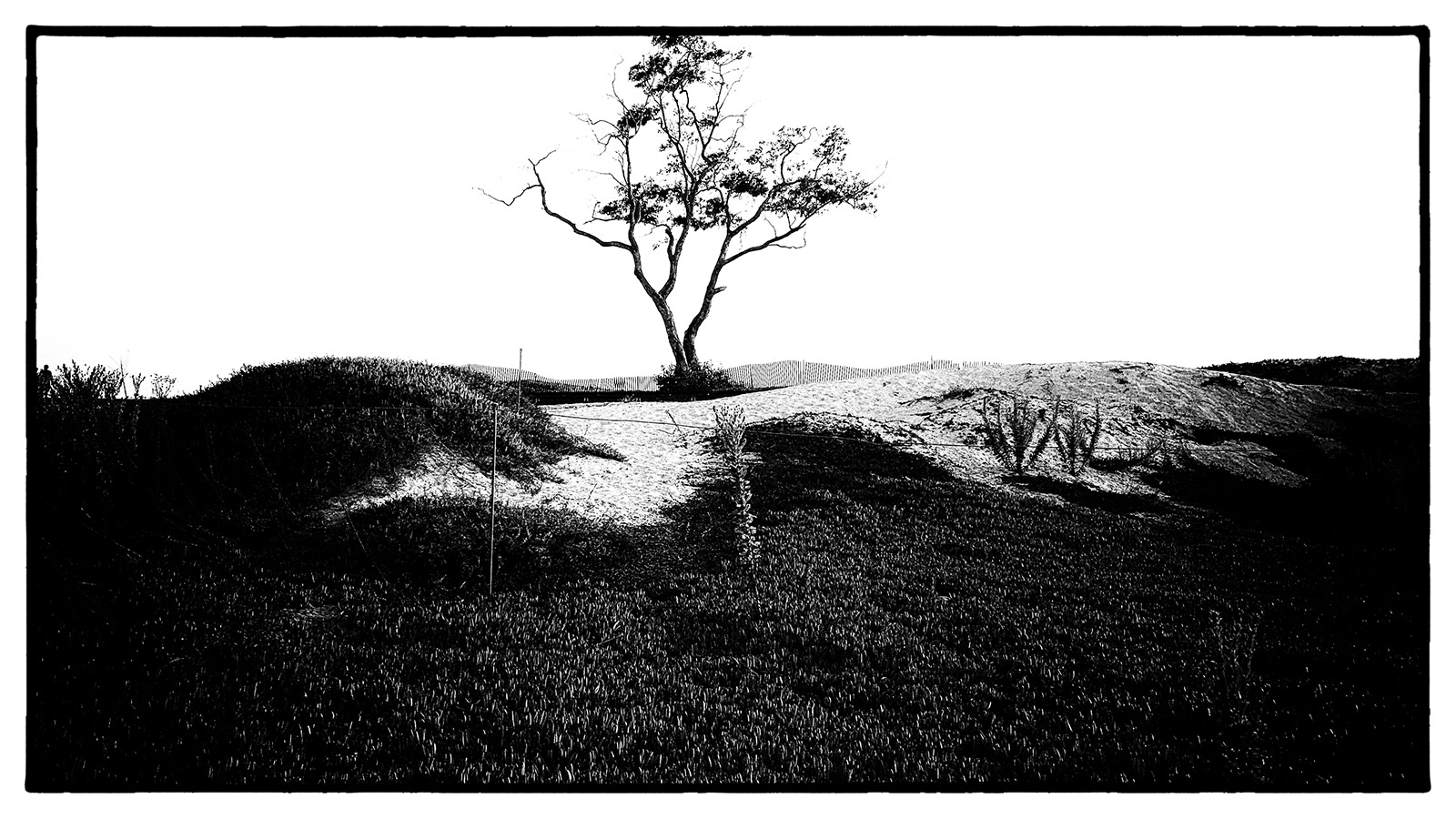In The Frame: The Business Case for Diversity, Carpinteria Weekend, and a Note from an Old Friend
The Business Case for Expanding Creative Skills
Hello, you amazing In The Frame members!
We have a small reprieve from the infernal heat in Arizona as Hurricane Hillary makes landfall just southwest of us. We are dry, but under the deep overcast, the temps are milder than usual.
Imagine being happy that it only got to 92 degrees today… heh.
I am writing on Medium, as some of you know, but I am not monetizing it. I am finding it difficult to figure out how the site works. Not from a technical vantage, but from a cultural and social one. It is seeming more and more like a Faraday Cage for creativity instead of a megaphone.
Anyway, if you want to see what I have been doing over there, here is the link.
Now, on to the weekly post.
I have been busy working on the Creative Class curriculum and getting it posted to the site. So far the response has been overwhelmingly good. I am so excited about this new way of working.
The one-person business is the next big thing, and seeing so many social media people talking about it makes me realize I am definitely in the right groove here.
The creative industry is as vibrant and dynamic as ever, but there's a paradigm shift happening. No longer can one trick ponies ride the wave of success for long. Today, there's a compelling business case for broadening your skill set within the creative space, and here's why:
Diversification Equals Stability: Just like an investment portfolio, diversifying your skills means you're not reliant on one source of income. By offering a wider range of services, you can navigate market fluctuations better and find multiple revenue streams. In uncertain times, this can be a game-changer.
Meet the Demand for Full-Stack Creatives: Companies, especially startups and SMEs, are on the lookout for 'full-stack' creatives. These are individuals who can photograph a product, design the promotional material, write the copy, and perhaps even create a teaser video. By being a one-stop solution, you increase your market appeal exponentially.
Enhance Collaborative Potential: When you understand multiple facets of the creative process, you can communicate more effectively with other team members, leading to better end results. Knowing the basics of, say, design, can help a writer craft content that complements visual elements seamlessly.
Stay Relevant in a Rapidly Changing Landscape: The digital realm evolves at breakneck speed. New platforms and mediums emerge regularly. By expanding your skills, you stay ahead of the curve, ensuring you're never left behind.
Personal Growth and Satisfaction: Beyond the business aspect, there's immense personal satisfaction in learning and mastering new skills. It keeps the creative juices flowing, reignites passion, and opens doors to projects you might never have considered.
Cost Efficiency for Clients: Let's face it – hiring multiple specialists can be costly for businesses. If you can offer a range of services at a competitive price, you become a more attractive option for clients looking for comprehensive solutions without breaking the bank.
Future-Proofing Your Career: Automation and AI are on the rise, but the uniquely human touch in creative endeavors remains irreplaceable. By broadening your skill set, you’re not just expanding your offering; you're ensuring longevity in a world of rapid technological advancements.
Look, while specialization has its merits, the current market landscape leans favorably toward creative polymaths. A blend of practicality and foresight. The more arrows you have in your quiver, the more prepared you are for whatever challenges the future might throw.
Thrive in creativity and business,
Your Friendly Creative Advocate Dude
Two workshops are enrolling now.
Thirty-Day Portfolio Slam where you conceive, produce, and shoot a full portfolio within a month. This is one of my more popular classes. It won’t be offered again until next spring. I have a few openings left.
And The Creative Class is ready for early bird pre-enrollment with a bunch of goodies. We are rocking the Creator Version, and having a blast.
A Diverse Offering Makes You Stronger
There's real magic in diversity, not just in the communities we build but also in the skills we hone.
Each of you, as artists, possesses a unique voice within a genre. But what happens when you begin to play at the intersections of these genres?
A whole new world unfolds.
Let's take a look:
From Photographer to Writer:
Start with Captions: Before delving deep, begin with captions. What story does the image tell? Can you put it into words?
Journal the Journey: Every photo shoot, every trip, every candid moment has a backstory. Document it. Before you know it, you'll have a treasure trove of narratives.
Collaborate: Work with writers. Understand their process, their way of seeing the world. The synergy between visuals and words can be enlightening.
From Designer to Motion Graphics:
Animate Elements: Begin with simple animations. How can a design element move? Maybe it’s just a subtle transition or a playful hover effect.
Tutorials & Courses: There’s a wealth of knowledge online. Platforms like Skillshare or Udemy offer courses that can introduce you to the basics.
Seek Inspiration: Platforms like Vimeo or Behance showcase incredible motion graphics work. Observe, learn, and let yourself be inspired.
From Writer to Photography:
Visual Narratives: Use your writing skills to craft a story, then capture it. It can be a single moment or a series.
Documentary Approach: Write about events, people, or places and complement it with photography. Let the visuals and words dance together.
Photo Essays: Create a blend of visuals and narratives. This not only sharpens your photography skills but also gives depth to your writing.
From Motion Graphics to Design:
Still Frames: Extract stills from your motion work. Analyze them. How would you improve its design?
Storyboards: These are essentially designs. Before animating, create a storyboard. It hones your design thinking and lays a solid foundation for motion.
Collaborate: Work closely with designers. Understand their perspective, their choices. It will only enrich your motion graphics.
Now, let's blend these threads together.
Why?
To build a strong, cohesive, powerful business offering.
When you integrate photography, design, writing, and motion graphics, you've gone beyond just offering services. You're now offering experiences.
You’re a storyteller who uses multiple mediums, creating layered, rich narratives that resonate deeply with audiences, clients, and consumers.
Brands and businesses are no longer looking for mere service providers.
They demand visionaries who can encapsulate the essence of their brand in diverse and exciting ways.
Master these intersections and you not only diversify your portfolio but also amplify your market value.

Ten Random Tips to Make You Think
Trust your eyes…
- but also trust your histogram! It helps ensure your shots aren't over or underexposed. But do spend some time learning exactly what it shows you—it's a game-changer.The Golden Hour isn't just a time but a state of light.
That soft, diffused glow can elevate any shot. Rise early or catch that evening light.Explore the manual focus mode.
Autofocus is great, but manually focusing, especially in challenging conditions, can lead to sharper, more intentional shots. Practice makes perfect.Attend photography workshops and conferences.
Not only do you learn from the best, but you also connect with peers and potential clients.Traveling photographers.
Respect local customs and ask for permission before taking photos. Building rapport can lead to more authentic interactions and intimate imagery.Work on your portfolio.
Remember, quality over quantity. Pick shots that showcase your versatility, unique perspective, and technical prowess. First impressions count.Print your work.
There's something magical about holding a physical photo. Plus, it gives you a new perspective on color accuracy and detail.Always learning is the key.
Go deep into photo editing software tutorials, even if you think you're a pro. There's always a hidden gem or shortcut waiting to be discovered.Client relationships 101.
Listen more than you speak. Understand their vision, but don't be afraid to give expert advice. A blend of both visions often creates magic.Feeling uninspired?
Take a day off from your camera. Rediscover the world through your eyes, not the lens. Occasionally, the best inspiration strikes when we least expect it.
Happy shooting.
Regarding my recent post on the Five Things to Make Your Portfolio Irresistible.
I received this email from a good friend and fellow photographer, Ken Howie.
Hi Don,
Hello from North Dakota!
I hope all is well.
I think that piece you wrote about portfolios is spot-on, as usual. (Thanks, Ken.)
Something I always consider, when putting a portfolio together, is my responsibility (to the art buyer) to be able to consistently (and fairly swiftly) produce the level of photography that I am showing in my book.
For a few years in the nineties, I was the national advertising manager for Morton Buildings, and my role included hiring full-time photographers, seasonal shooters, and photographers for single-location shoots.
I don’t think I was alone in my approach to realistic expectations.
I always considered that the weakest image in the portfolio is likely what level of image I am going to get from that shooter. Especially with less experienced shooters, there tend to be more of the type of images that were portfolio-purpose shots.
These are the personal assignments to produce a portfolio image. Too often the photographer spent unreasonable amounts of time or shot it and re-shot it until it was right.
Dealing with the realities of surrounding circumstances on a commercial shoot of any kind is far different than it is in the photographer’s apartment or garage.
Just a thought.
Always with respect,
Ken Howie
Did you notice that line: I always considered that the weakest image in the portfolio is likely what level of image I am going to get from that shooter.
This is one of the reasons for my “shoot every job you can get regardless of money for 6 months” approach. The fastest way to screw up a career is to consistently screw up your first gigs for money.
More on that soon.
But for now have a wonderful Sunday, a productive week, and make more art.






